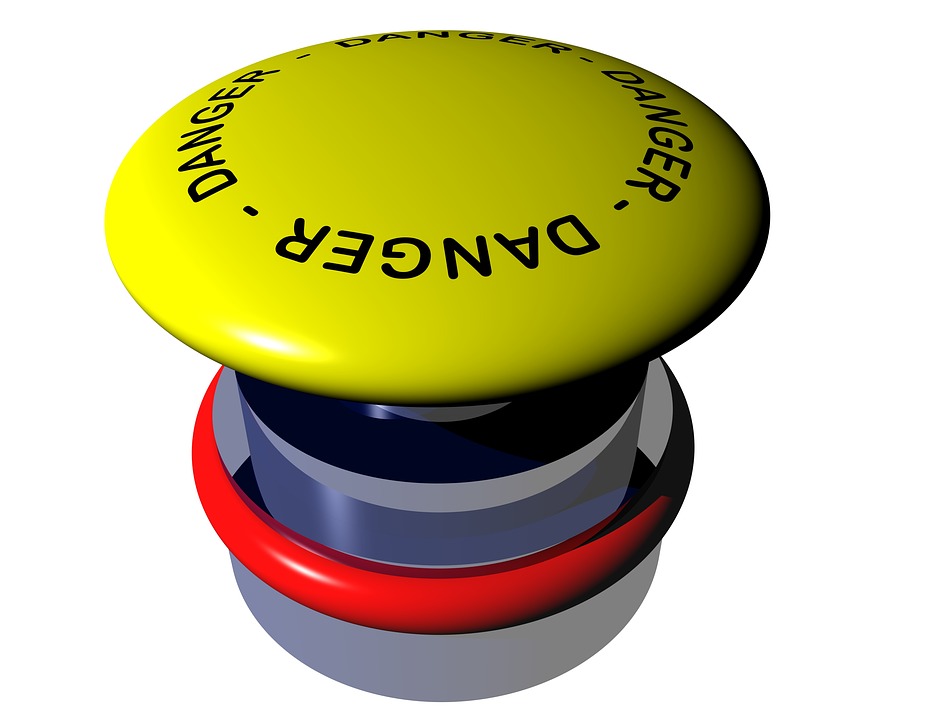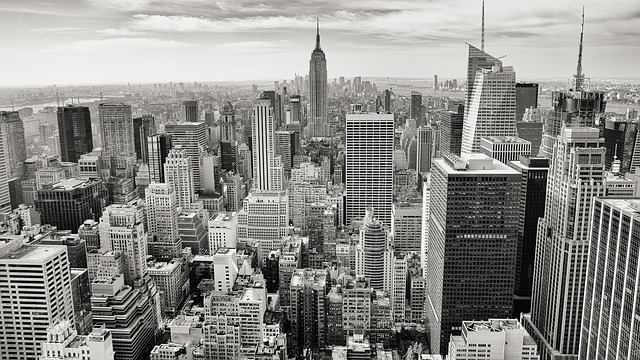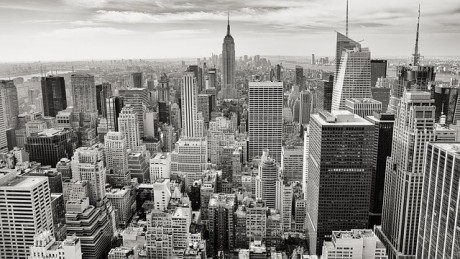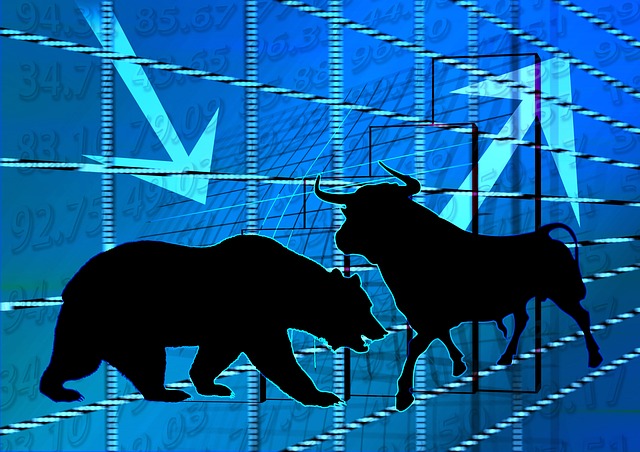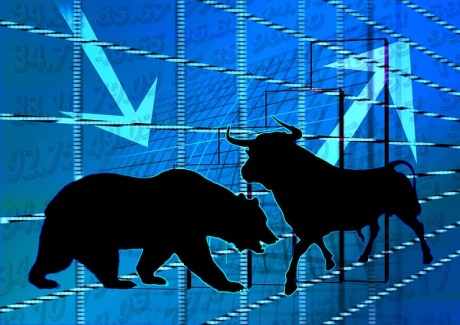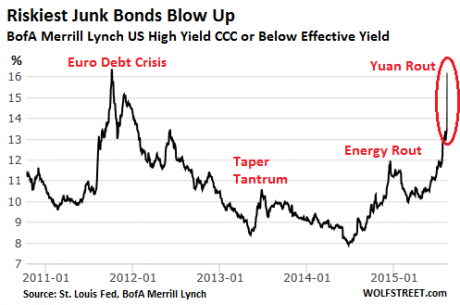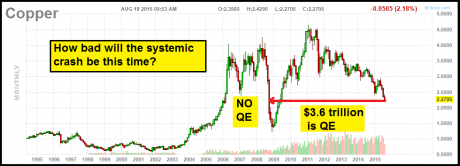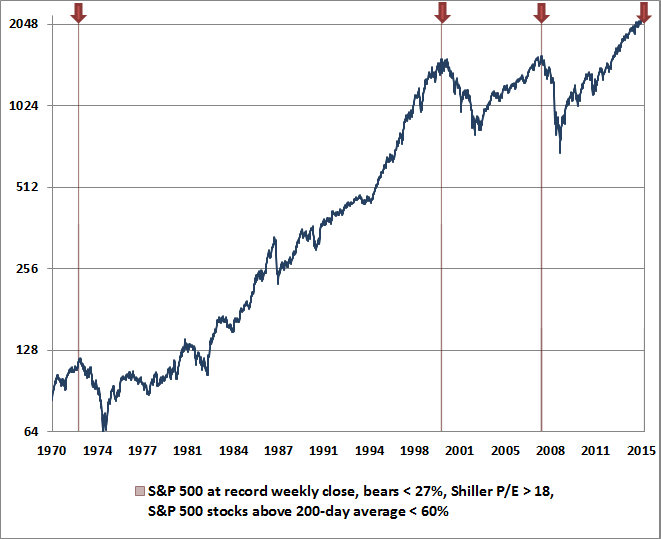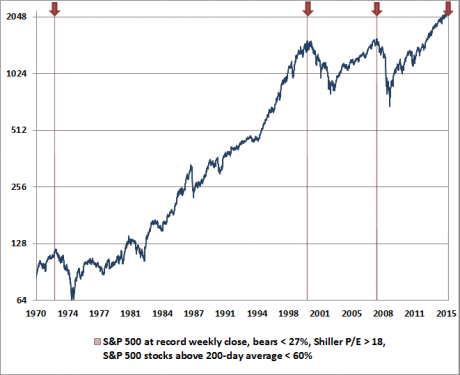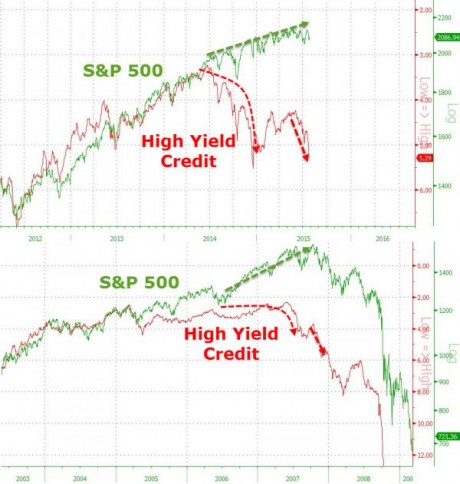 News that an impeachment inquiry is being initiated instantly sent stock prices tumbling on Tuesday, but that small jolt is nothing compared to what we will experience if Donald Trump is actually impeached. Over the past couple of years we have seen a tremendous boom in stock prices, and one of the big reasons for that boom is the fact that the folks on Wall Street know that Trump is always going to be looking out for their best interests. Trump understands that his chances of winning again in 2020 will be greatly enhanced if stock prices are rising and most Americans believe that we have a “booming economy”, and so he wants to do everything in his power to try to make those things happen. That means that Trump’s short-term interests are perfectly aligned with Wall Street’s short-term interests, but things will shift dramatically if someone like Elizabeth Warren or Bernie Sanders ends up in the White House. Wall Street knows that they have a friend in Donald Trump, and losing that friend would potentially be absolutely devastating.
News that an impeachment inquiry is being initiated instantly sent stock prices tumbling on Tuesday, but that small jolt is nothing compared to what we will experience if Donald Trump is actually impeached. Over the past couple of years we have seen a tremendous boom in stock prices, and one of the big reasons for that boom is the fact that the folks on Wall Street know that Trump is always going to be looking out for their best interests. Trump understands that his chances of winning again in 2020 will be greatly enhanced if stock prices are rising and most Americans believe that we have a “booming economy”, and so he wants to do everything in his power to try to make those things happen. That means that Trump’s short-term interests are perfectly aligned with Wall Street’s short-term interests, but things will shift dramatically if someone like Elizabeth Warren or Bernie Sanders ends up in the White House. Wall Street knows that they have a friend in Donald Trump, and losing that friend would potentially be absolutely devastating.
Needless to say, a lot of investors were unnerved on Tuesday when House Speaker Nancy Pelosi announced that a formal impeachment inquiry is being initiated. The following is an excerpt from Pelosi’s official remarks…
For the past several months, we have been investigating in our Committees and litigating in the courts, so the House can gather ‘all the relevant facts and consider whether to exercise its full Article I powers, including a constitutional power of the utmost gravity — approval of articles of impeachment.’
And this week, the President has admitted to asking the President of Ukraine to take actions which would benefit him politically. The action of – the actions of the Trump Presidency revealed the dishonorable fact of the President’s betrayal of his oath of office, betrayal of our national security, and betrayal of the integrity of our elections.
Therefore, today, I am announcing the House of Representatives is moving forward with an official impeachment inquiry. I am directing our six Committees to proceed with their investigations under that umbrella of impeachment inquiry.
The President must be held accountable. No one is above the law.
In the aftermath of that announcement, liberal celebrities all across America erupted in celebration.
But can Nancy Pelosi unilaterally declare the commencement of a formal impeachment inquiry without any sort of a vote? According to Representative Doug Collins, she actually does not have that power…
In reaction to the Speaker’s announcement, Rep. Doug Collins (R-Ga.) tweeted, “Speaker Pelosi’s decree changes absolutely nothing. As I have been telling Chairman Nadler for weeks, merely claiming the House is conducting an impeachment inquiry doesn’t make it so. Until the full House votes to authorize an inquiry, nobody is conducting a formal inquiry.”
In any event, the Democrats are going to push ahead with their investigations, and they seem determined to dig up anything that they possibly can.
In response to Pelosi’s announcement, the White House issued a statement which accused congressional Democrats of being “in dereliction of their Constitutional duty”…
‘In a far departure from all of the work and results of this President, House Democrats have destroyed any chances of legislative progress for the people of this country by continuing to focus all their energy on partisan political attacks. Their attacks on the President and his agenda are not only partisan and pathetic, they are in dereliction of their Constitutional duty,’ said White House press secretary Stephanie Grisham in a statement.
We shall see how everything plays out over the next few months, but at this point it seems fairly certain that we will see an impeachment vote on the floor of the House, and it also seems fairly certain that the vote will be split largely along party lines.
Because in this day and age the truth really doesn’t matter. Even if there isn’t any evidence against Trump at all, most Democrats will vote to impeach because that is what they are expected to do. And even if Trump is 100 percent guilty most Republicans will vote against impeachment because they would be afraid of being voted out of office by angry voters back home.
So in the end it will probably come down to what the Senate decides to do, and right now the Republicans are holding 53 seats.
Unfortunately for Trump, some of those 53 seats are held by very “moderate” Republicans that are not fans of Trump at all.
Sadly, the fate of the Trump presidency is likely to end up in the hands of a small group of deeply corrupt politicians that I wouldn’t trust to properly mop the floors in my local Dairy Queen.
With that in mind, I think that Trump fans definitely have reason for some pessimism.
Democrats are licking their chops at the prospect of impeaching Trump and then getting either Joe Biden or Elizabeth Warren into the White House following the next election.
Joe Biden would try to get along with Wall Street, but a Warren administration would be an absolute disaster for investors and right now she is surging in the polls.
Elizabeth Warren originally made a name for herself by attacking Wall Street. Virtually all of her economic proposals would be bad news for the top 1 percent, and the fact that she is doing so well right now is just one of the factors that are currently unsettling the markets…
For one, this time around it appears Democrats in the House have momentum toward beginning impeachment proceedings. Second, a formerly robust economic backdrop has given way to jitters about global growth and fears that the U.S. economy is nearing the end of a lengthy expansion. Less confident investors could be more jittery in the face of political headlines than was previously the case.
Also, impeachment proceedings could take center stage in the run-up to the 2020 presidential election, potentially damaging Trump’s re-election bid. Fears of a less business-friendly Democratic administration — amplified by the recent strength of Sen. Elizabeth Warren, who has moved ahead of Biden in some polls — could also be part of the mix, analysts said.
Of course the short-term health of Wall Street is not what we should really be concerned about.
At this moment, the entire global economy is plunging into a substantial downturn, and whoever wins in 2020 is going to have to face that reality.
And beyond that, we are facing long-term crisis after long-term crisis that none of our politicians really want to deal with, and in the end we are going to pay a great price for our short-term thinking.
But for the foreseeable future, the mainstream media is going to be obsessed with the political drama being played out in Washington.
And I know that most Republicans don’t want to hear this, but there is a very real chance that Donald Trump could be impeached by the House.
Then it will all come down to the Senate, and Trump’s fate will be in the hands of moderate Republicans such as Susan Collins, Lisa Murkowski, Marco Rubio and Mitt Romney.
 About the author: Michael Snyder is a nationally-syndicated writer, media personality and political activist. He is the author of four books including Get Prepared Now, The Beginning Of The End and Living A Life That Really Matters. His articles are originally published on The Economic Collapse Blog, End Of The American Dream and The Most Important News. From there, his articles are republished on dozens of other prominent websites. If you would like to republish his articles, please feel free to do so. The more people that see this information the better, and we need to wake more people up while there is still time. Of course the most important thing that we can share with people is the gospel of Jesus Christ, and if you would like to learn more about how you can become a Christian I would encourage you to read this article.
About the author: Michael Snyder is a nationally-syndicated writer, media personality and political activist. He is the author of four books including Get Prepared Now, The Beginning Of The End and Living A Life That Really Matters. His articles are originally published on The Economic Collapse Blog, End Of The American Dream and The Most Important News. From there, his articles are republished on dozens of other prominent websites. If you would like to republish his articles, please feel free to do so. The more people that see this information the better, and we need to wake more people up while there is still time. Of course the most important thing that we can share with people is the gospel of Jesus Christ, and if you would like to learn more about how you can become a Christian I would encourage you to read this article.



